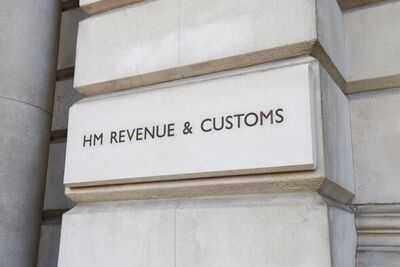Experts have warned that you could be missing out on extra money that you're entitled to. Investment platform, AJ Bell, says claiming pension tax relief may feel like a pain, but it could net you thousands of pounds.
From September 1, HMRC introduced stricter rules for claiming pension tax relief, requiring everyone to provide evidence when claiming higher or additional rate relief. Previously, only those contributing over £10,000 per year were required to provide proof. This change primarily affects pension savers in "relief at source" schemes and personal pensions such as Self-Invested Personal Pensions (SIPPs).

If you have a pension in a relief at source scheme, tax relief is paid into your pension after income tax has been deducted from your pay.
Your pension provider automatically claims basic rate relief (20%), but if you pay higher (40%) or additional (45%) rate tax, you must claim the extra relief yourself.
By contrast, if your pension contributions come from a salary sacrifice or net pay scheme, tax relief is given upfront before tax is deducted, so you don't need to claim it separately.
To claim higher relief, you will need to provide HMRC with evidence of your pension contributions during the tax year.
This may not always be visible in your pension account or app, so you may need to contact your pension provider directly to obtain a statement. You will then submit this information to HMRC when making your claim.
To start the process, you will need to locate your payslip, which shows your National Insurance number and pension contributions, according to AJ Bell.
You'll then need to check whether your scheme is net pay or relief at source by asking your employer or pension provider if it's unclear.
After this, you will need to then claim additional relief via your tax return or online through HMRC's Government Gateway service.
You will need details such as your employer's name, payroll number, and documents showing your contributions.
The tax relief will be applied either through a tax code adjustment, a refund, or a change to your tax bill.
This change comes as rising wages and frozen tax thresholds have pushed many individuals into higher tax brackets without an increase in headline rates.
If you're paying 40% tax for the first time, you should check if you're receiving the full relief, as failing to claim could mean missing out on thousands of pounds.
You may also like

Enrique Iglesias May Extend His India Trip To Visit Taj Mahal

Buckingham Palace makes major change after Prince Andrew loses dukedom

No more nuclear curbs? Iran declares end to UN deal - what it means

Permission required for conducting namaz on public grounds: K'taka minister Priyank Kharge

'Lavish' period drama based on much-loved books airs on TV tonight






